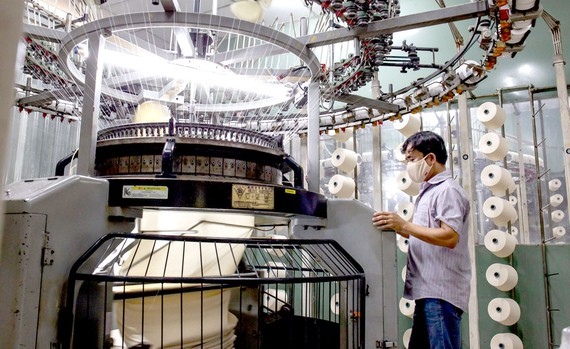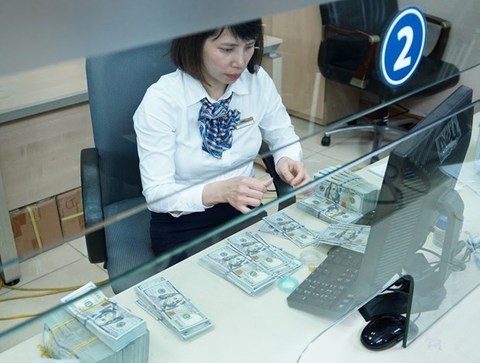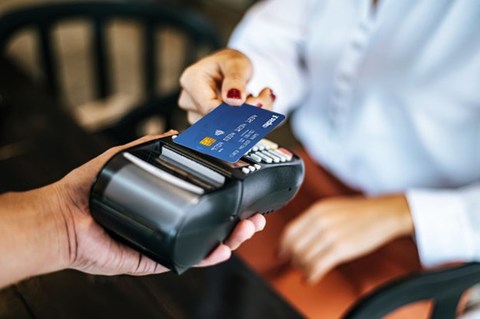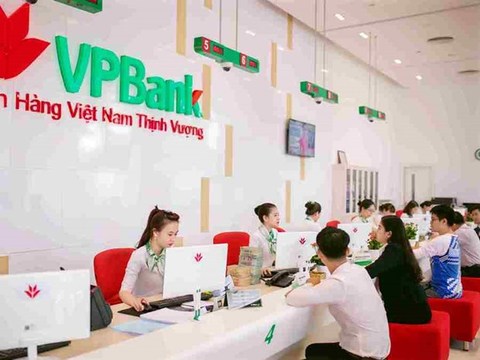Liquidity increase from foreign currency flow
Liquidity increase from foreign currency flow
Deposits have decreased sharply in the State Bank of Vietnam, but liquidity is still in abundance. This could be attributed to credit growth this year which has recovered although it is still slow.
Illustrative photo. |
As of 29 October, new credit growth had reached 8.72%. Although this level is surprising compared to the previous forecast and higher than 6.48% in the same period last year, compared to previous years before the pandemic, this credit growth rate is still low. In the same period in 2019 it had reached nearly 10%, and in the same period in 2018 it was 10.5%.
Another reason could be that the cash flow that banks pump into the economy through the credit channel is far less, and the banks do not have much pressure to mobilize, as liquidity is not as stressful as in the previous period. Besides this, the State Bank of Vietnam pushed foreign currency forward. According to statistics of SSI Securities Company, in the first three weeks of November, the amount of Vietnam dong pumped into the market through the foreign currency buying channel was more than VND 60,000 bn. This amount is said to have supported liquidity, helping the interbank interest rate to remain below 1%.
In 2020, the State Bank of Vietnam had applied this solution to both increase foreign exchange reserves as well as attract more foreign currency. As a result, the State Bank has resources to actively regulate in case the exchange rate rises sharply, instead of letting the market adjust automatically and causing huge waves.
However, in 2021, the State Bank had to stop listing the spot exchange rate at the Exchange and stop buying foreign currencies for a spot. Instead, the State Bank made a cancellation to buy foreign currency for a six-month term. This move is aimed at dispelling US suspicions about Vietnam's currency manipulation in trade. Accordingly, commercial banks with large positive foreign currency positions that want to transact must actively contact the State Bank of Vietnam. US dollar spot purchases may be on a case-by-case basis. However, at the time when the State Bank made a cancellation to buy foreign currency with a six-month term, the liquidity in the system showed signs of tension.
The State Bank of Vietnam changed method of buying foreign currency from 12 August, from a six-month term to spot trading, after Vietnam and the US came to an understanding on currency manipulation. Hence, if credit institutions make transactions today, they will receive money from the State Bank of Vietnam within two days. The amount of Vietnam dong that were injected into the liquidity support system, quickly stabilized interbank interest rates.
Therefore, the State Bank did not reduce the operating interest rate, but commercial banks also have conditions to reduce interest rates in the last months of the year. Specifically, in addition to VND 60,000 bn pumped out in the first three weeks of November, the State Bank also pumped nearly VND 120,000 bn in August through the foreign currency maturity channel of previous future transactions.
























